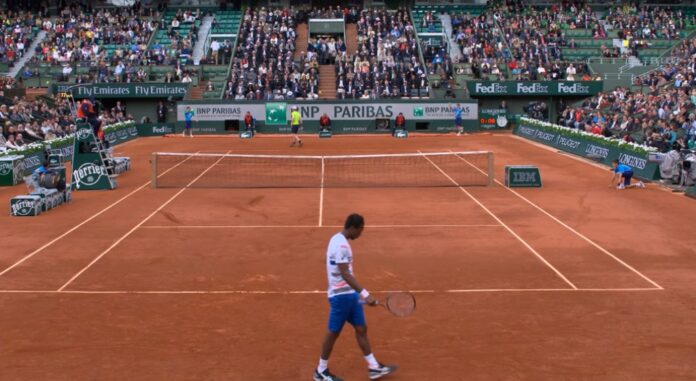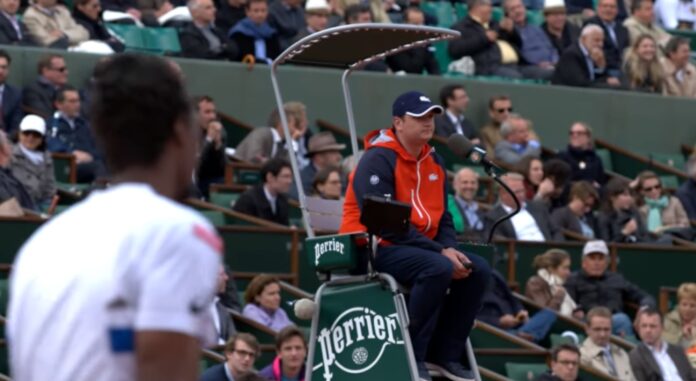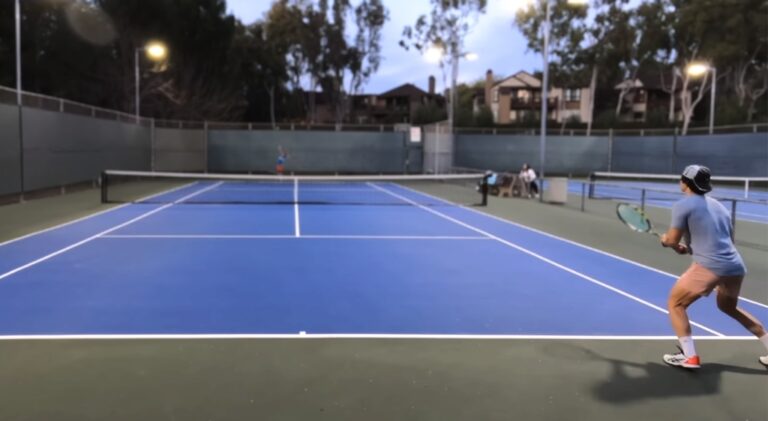Tennis offers a thrilling spectacle of skill, strategy, and occasional luck. It’s not surprising, then, that predicting the outcome of a tennis match has become a fascinating pursuit for many fans and betting enthusiasts.
This article explores the art of tennis match forecasting, discussing data-driven strategies that have proven successful. We’ll examine the merits of statistical models and the role of player behavior and draw from historical match data.
Understanding the Data

For successful tennis match forecasting, it’s imperative to understand the nature and quality of the data you’re working with. Tennis data can be broadly categorized into two major categories:
- Quantitative data include player statistics such as serve speed, return accuracy, and break point conversion rate. These hard numbers objectively measure a player’s performance and abilities.
- Qualitative data, however, include factors that aren’t easily quantified, like player form, injury status, or psychological resilience. Although more subjective, these factors can significantly impact a match’s outcome.
Others, like historical match data, hold a vital position in the realm of tennis match forecasting. This data encompasses past performances, head-to-head records, and the outcomes of previous tournaments. These factors can hint at their future performance and offer insights into how well players fare against their opponents.
A solid forecasting strategy harnesses both data types, combining empirical evidence with nuanced insight. Remember, every piece of data tells a part of the story – the trick is to piece them together into a coherent, predictive narrative.
When diving into the world of data-driven strategies for predicting tennis match outcomes, it’s fascinating to reflect on the most legendary tennis clashes in history, drawing inspiration from the epic matches highlighted in the related article.
Role of Statistical Models in Tennis Match Forecasting
Statistical models play a crucial role in tennis match forecasting. These models apply mathematical principles to quantify the likelihood of various outcomes, offering a data-driven approach to prediction.
For instance, models could be developed to predict the probability of a player winning a match, the expected scoreline, or even the likelihood of specific events, like a tie-break.
In essence, statistical models analyze patterns within the data to make predictions about future events. Such models can be fairly simple, considering only a handful of factors like the players’ world rankings, or they can be incredibly complex, taking into account a vast array of quantitative and qualitative data.
The success of a statistical model depends on the quality and relevancy of the data it’s fed. Comprehensive and accurate data can lead to highly reliable predictions, whereas spotty or irrelevant data can mislead the model, resulting in inaccurate forecasts.
The Elo rating system is one of the most successful examples of statistical modeling in tennis forecasting. The Elo system, initially developed for chess, evaluates the relative skill levels of players in competitor vs. competitor games. In tennis, the match considers aspects such as surface type and player form to project accurate match results.
While statistical models provide a solid basis for tennis match forecasting, they should be used alongside a thorough understanding of the sport and the players involved. Unpredictable factors such as injuries, unexpected weather changes, or an off day can always sway a match in unforeseen ways.
Analyzing data-driven strategies that enhance tennis match forecasting is like revisiting the greatest women’s tennis matchups in history, allowing enthusiasts to draw inspiration from the iconic moments highlighted in the related article.
Role of Player Behavior in Tennis Match Forecasting

Players’ behavior goes beyond their on-court performance and can be an invaluable predictive tool in tennis match forecasting. Mental toughness is key in determining a player’s performance during a match.
Players with a strong mental game can handle high-pressure scenarios, make crucial decisions in split seconds, and remain focused when the stakes are high.
Handling different types of opponents is another aspect of player behavior. Some players perform better against aggressive players, using their opponent’s power to their advantage.
Others might excel against defensive players, using a mix of spin and placement to outwit their opponents. By studying how players behave and adapt to different play styles, we can predict how they fare against a particular opponent.
It’s important to note that while player behavior can provide a wealth of information, it should be used in conjunction with other data for accurate predictions. Player behavior is subjective and can vary from match to match, making it a volatile data point.
However, when combined with quantitative data and statistical models, it can significantly enhance the accuracy of tennis match forecasting.
In the realm of tennis match forecasting, understanding the earnings of the top-earning tennis players in 2024 provides valuable insights into the sport’s competitive landscape, as discussed in the related article.
Practical Strategies for Tennis Match Forecasting
An informed approach combining statistical models, player behaviors, and a broad range of data can yield fruitful results. Here are some practical strategies to consider:
- Regularly Update and Expand your Database: Keeping your data sets comprehensive and up-to-date is key. Regularly update player performance data, head-to-head records, and other vital statistics to ensure your forecasts rely on the most current information.
- Combine Quantitative and Qualitative Data: Utilize complex statistical data, such as player rankings and conversion rates, in conjunction with qualitative factors, like psychological resilience and injury status. This balanced approach provides a more holistic view of a player’s potential performance.
- Use a Reliable Statistical Model: Deploying well-established statistical models, such as the Elo rating system, can bring high accuracy to your predictions. Remember to tailor these models to the unique variables of tennis, such as surface type and player form.
- Consider Player Behavior and Mental Strength: Pay attention to the importance of a player’s mental game. Analyzing their ability to handle pressure scenarios, adapt to different opponents, and make pivotal decisions can be instrumental in making accurate forecasts.
- Stay Informed About the Sport: Understand the rules, follow the latest news, and keep track of any changes that could affect a player’s performance. This includes everything from changes in tournament rules to introducing new equipment.
Conclusion

Tennis match forecasting is a complex and multifaceted task. The most successful forecasts combine statistical models, quantitative data, and qualitative factors like player behavior.
Bookmakers, like FanDuel.com, often make the most accurate predictions, as their models are based on years of experience and data.
They leverage an extensively researched algorithmic approach that combines quantitative data, player behavior, and key statistics to predict match outcomes accurately. Aspiring tennis bettors can learn valuable lessons from watching how the bookmakers operate and fine-tuning their forecasting strategies accordingly.
Related:
- 20 Best Tennis Shoes 2024 - Stylish and Athletic
- 18 Best Tennis Racquets 2024 - Exclusive Reviews &…
- Top 19 Best Tennis Bags 2024 [Unbiased Reviews]
- 15 Best Tennis Balls 2024 - USTA and ITF Approved
- 15 Best Tennis Racquet for Beginners & Intermediate…
- 10 Best Tennis Ball Machine 2024 - Perfect for Solo Players











